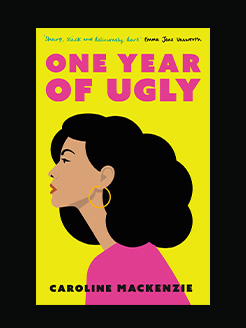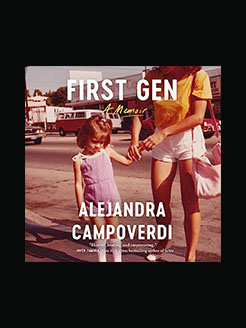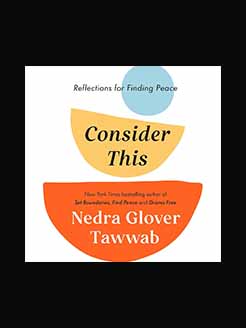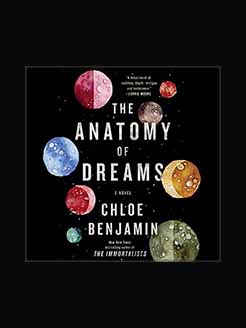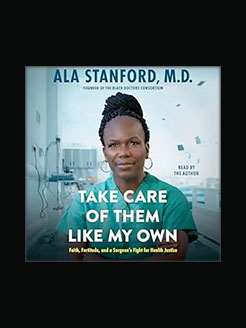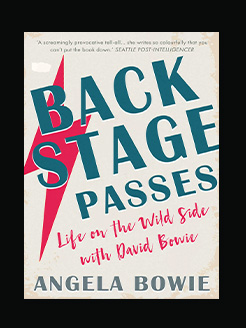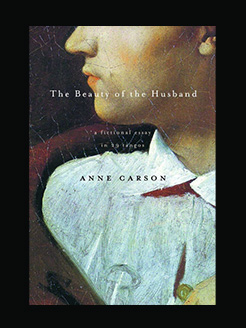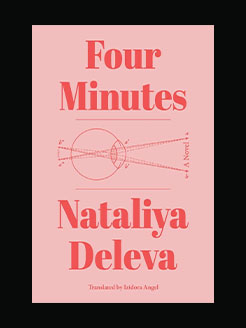Published in 2016 (first published 1893–1922)
300 pages
E. Nesbit (Edith Nesbit, 1858 – 1924) was a world-famous children’s author, whose works include The Railway Children and Five Children and It. She also wrote several works of fiction for adults.
What is this book about?
A groom promises to be at the church on time, even if he has to come back from the grave to do it. A man inherits a property where he discovers a portrait of a woman that will change his life forever. Two newlyweds find their dream country cottage, unaware of an ancient curse from the previous owners. A gripping, unsettling and utterly chilling collection of short stories from one of Britain’s best loved storytellers.
Hurst of Hurstcote (1893)
The Ebony Frame (1891)
Man-Size in Marble (1887)
The Violet Car (1910)
John Charrington’s Wedding (1891)
The Shadow (1910)
The Five Senses (1909)
The Head (1907)
In the Dark (1910)
From the Dead (1893)
The Three Drugs (1908)
The Pavilion (1915)
The Judgment: A Broadmoor Biography (1922)
To the Adventurous (1922)
helpful review from Blair on goodreads:
This new collection of E. Nesbit’s Horror Stories starts – whether to get them out of the way, or to lower the reader’s expectations, I’m not sure – with three of the worst: ‘Hurst of Hurstcote’, ‘The Ebony Frame’, and ‘Man-Size in Marble’. Each is narrated by a male character, none of whom really convince, and the stories also have a tedious focus on relationships and love. They certainly don’t live up to the title, or the lurid cover; they might just as easily be described as romantic stories.
Then comes the fourth story, ‘The Violet Car’. The difference in quality between the first three and this one is enormous, and it is a perfect combination of gloomy atmosphere, mystery and terror. There’s more of the romance stuff in ‘John Charrington’s Wedding’, but here, the characterisation of the narrator feels more assured and knowing – making for some amusing moments of pomposity – and the twist is pleasingly ghoulish. ‘The Five Senses’, about a scientist who invents a sense-magnifying drug, is one of the few of these stories to have a genuinely frightening premise. In ‘The Head’, a caddish journalist unwisely convinces a reclusive sculptor to create a life-size version of his masterpiece, a depiction of the fire that killed his wife; this is perhaps the nastiest of the tales and, not coincidentally, it is also the most entertaining.
The collection is uneven, though, and if these are the best of Nesbit’s horror stories, I can’t help but think there can’t be much to choose from. ‘The Shadow’ would be a neat, spooky little tale, but it’s hampered by bizarre narrative decisions (it vacillates between first person plural and singular, and two separate characters are referred to as ‘the youngest of us’ and ‘the youngest of all’; it was only at the end I realised they weren’t the same person.) The stories towards the end of the book don’t offer anything particularly imaginative, and they are quite repetitive too: an introductory passage from ‘The Three Drugs’ is reproduced almost word-for-word in ‘To the Adventurous’.
Naomi Alderman’s foreword frames Nesbit’s horror stories as a reflection of darker aspects of her life: ‘her own biography includes an adulterous husband who got one of her dearest friends pregnant. She knew about anger, hatred and sexual jealousy… [in these] stories she lets the knowledge out that she held back so carefully in her work for children.’ Seen in this light, some features of the stories – Nesbit’s portrayal of men as fickle, superficial creatures, obsessed with physical beauty but consumed by hate towards women once their attraction fades; her apparent fixation with the idea of doomed love – become more interesting. And there is something inherently intriguing in the idea of a beloved children’s author also writing morbid tales of horror, though of course it isn’t without precedent.
Some of the stories here are enjoyable enough, with ‘The Violet Car’ and ‘The Head’ standing out as the best. The rest rarely get close to what makes a good horror story, and knowing the author’s possible motivation in writing around some of these themes doesn’t make them any better to read. It’s not too difficult to see why they aren’t widely known or read nowadays. But ghost stories are weirdly personal, I think: there’s no other genre I read in which I so frequently find myself out of step with what both critics and other readers find to be effective, atmospheric, frightening, memorable. While most of these Horror Stories didn’t work for me, they may well work for you.
